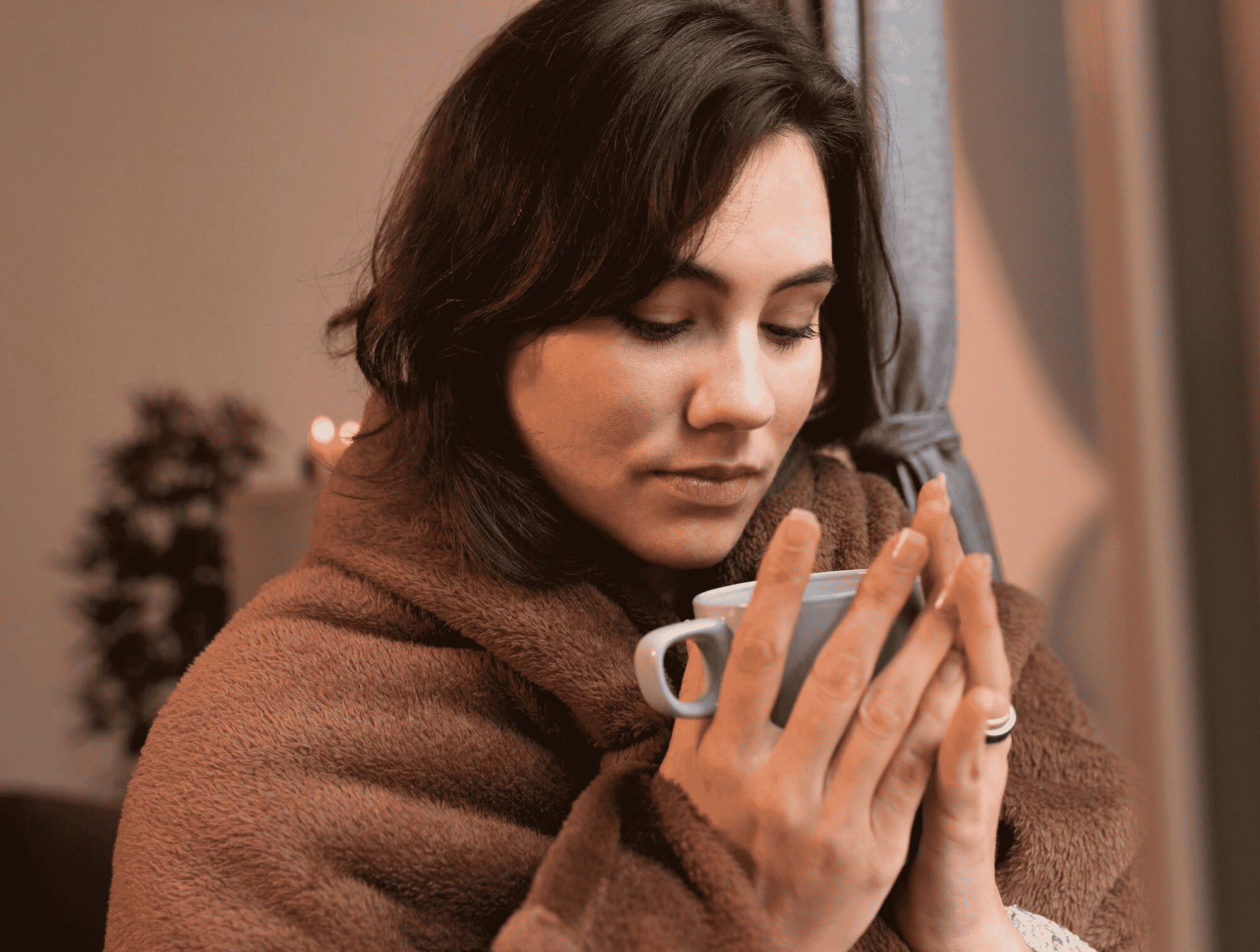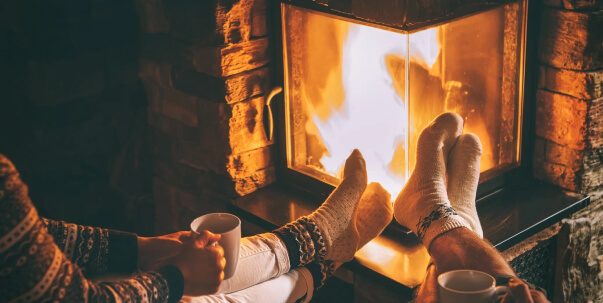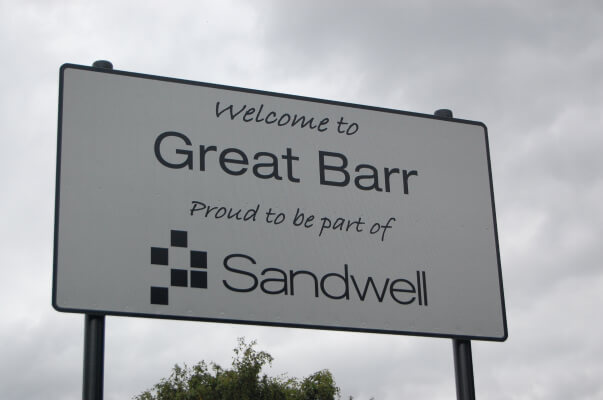
Keeping Warm, Staying Healthy
We want to help you stay warm and healthy during the chilly months. Whether you’re indoors or out and about, taking care of your well-being is crucial, especially for individuals aged 65 and over or those with long-term health conditions.
Flu Protection
Why Get the Flu Vaccine
Increased Risk
Fewer people may have built up natural immunity due to the COVID-19 pandemic.
Dual Infection Risks
Contracting flu and COVID-19 simultaneously increases the likelihood of severe illness.
Protective Shield
Getting vaccinated not only safeguards you but also those around you.
Learn more about Flu Protection
Book your COVID-19 Booster
Stay Warm Inside and Out
Keeping your home warm is essential, especially for your health. Low indoor temperatures can impact well-being, particularly for older individuals or those with medical conditions. Take simple steps to ensure a cozy home environment and explore financial support options for heating bills.

Tips for Keeping Warm
Room Heating
Maintain rooms you spend time in at a minimum of 18°C.
Draft Reduction
Use draft excluders to minimize drafts around doors.
Layer Up
Wear several layers of clothing for better insulation.
Keep Moving for Health
Daily movement is a key contributor to overall health. You don’t need a gym; find simple ways to stay active at home or in local outdoor spaces. Break up your day with short bursts of movement to boost energy levels.
#MoveMoreSandwell
Easy Daily Exercises
Incorporate simple exercises into your routine.
Outdoor Activities
Explore local spaces for walks or light exercises.


Health Advice When Unwell
If you’re feeling unwell, especially if you’re aged 65 or fall into high-risk groups, seek medical help promptly. Consult your local pharmacy for minor illnesses or contact your GP online or over the phone. Don’t hesitate to use NHS 111 for urgent medical problems.
Staying Safe in Cold Weather
Winter brings its challenges, but preparation is key. Learn how to protect yourself, your home, and support others in your community during cold weather.
Home Safety Measures
Incorporate simple exercises into your routine.
Heating
Optimization
Service your heating appliances
regularly for efficiency.
Fuel Selection
Choose cleaner fuels for
stoves and open fires.
Chimney
Maintenance
Regular chimney sweeps
reduce the risk of fires.
Help from Adult Social Care
For those needing support to live independently, Sandwell Council’s adult social care services offer advice and assistance. Reach out for information on services that can enhance your well-being.
Contact Information
Phone:
Combatting Loneliness
Feeling lonely can affect your mood, so staying connected is crucial. Reach out to services offering regular phone chats, providing support when needed.
Loneliness Support
- Samaritans: 116 123
- Cruse Bereavement Care: 0808 808 1677
- Winter is a time to prioritise health and wellbeing. Embrace these tips to stay warm, active, and connected, ensuring a happy and healthy season for you and your community.